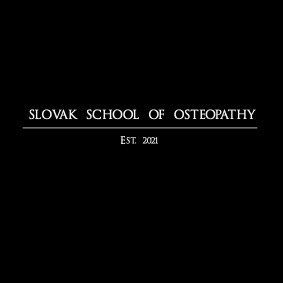History of osteopathy
Historical information
Osteopathic medicine was developed by Andrew Taylor Still, a physician and surgeon in the United States in the mid-1800s. An essential component of osteopathic health care is osteopathic manual therapy, typically called osteopathic manipulative treatment. Although Dr. Still initially intended his teachings to be an extension of allopathic medicine, he met with much resistance and established the first independent school of osteopathy in 1892. The principles of the philosophy of osteopathy and osteopathic techniques quickly spread throughout the world.
In the United States, osteopathic medical education is similar to allopathic medicine education, but includes integration of osteopathic philosophy and principles, and training in osteopathic manipulative treatment procedures throughout all phases of pre- and postdoctoral education. American-trained osteopathic physicians are primary care and primary contact health care providers, and practice in all medical and surgical specialties and subspecialties. They are eligible for full licensure for medical and surgical practice in many countries.
As osteopathic medicine spread to other nations, the scope of practice and training evolved according to the prevailing geopolitical forces. Economic, political and health system factors influenced the mechanism by which individual countries regulated the training and practice of osteopathic practitioners. As a result there are two principal models of osteopathic practice which are described by the international osteopathic profession as “osteopaths” and “osteopathic physicians”. Both serve as primary contact health care providers.
